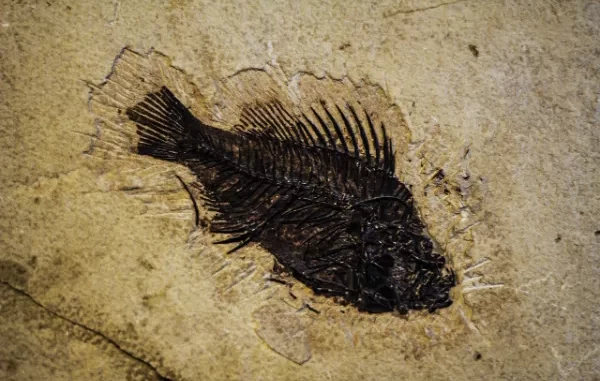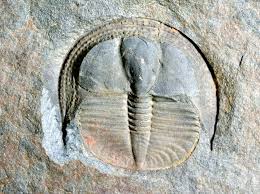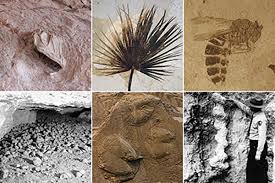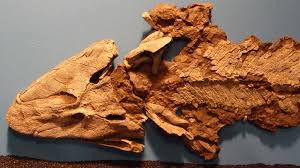
The Earth’s history is a rich tapestry woven from countless threads of life. Over billions of years, life has evolved and adapted in ways both remarkable and mysterious. While we may never be able to witness the full scope of this evolution, the fossil record stands as a captivating portal into the distant past. A fascinating and intricate puzzle, the fossil record offers a glimpse into the history of life on Earth, revealing the evolution of species, ecosystems, and the planet itself.
What is the Fossil Record?
The fossil record can be likened to a vast library of Earth’s history, an archive of the living that stretches back millions and even billions of years. Fossils are the preserved remains or traces of once-living organisms, ranging from the tiniest microorganisms to the colossal dinosaurs that once roamed the land. This diverse collection of relics includes bones, shells, teeth, leaves, imprints, tracks, and even preserved soft tissues.
Piecing Together the Past
Imagine a jigsaw puzzle with pieces that have been scattered across time and space. The fossil record is much like this puzzle, where each fossilized remnant represents a single piece of the grand evolutionary narrative. Paleontologists, scientists who specialize in studying fossils, painstakingly piece together these fragments to construct a detailed picture of life’s progression.

Through meticulous examination, classification, and dating techniques, paleontologists have been able to map out the evolutionary tree of life. Fossils reveal the lineage of species, highlighting key transitional forms that showcase the gradual changes organisms underwent as they adapted to new environments and ecological niches. For instance, the discovery of the Archaeopteryx, a dinosaur with feathered wings, provides crucial evidence for the evolution of birds from reptilian ancestors.
The Fossil Record Opens Windows into Ancient Ecosystems
Beyond tracing the evolution of individual species, the fossil record also provides insights into ancient ecosystems and the interactions between organisms. Fossilized plants, animals, and their associated remains offer a glimpse into the habitats, food chains, and climatic conditions of bygone eras. By studying the assemblages of species found within a specific geological layer, scientists can reconstruct the intricate web of life that once flourished in a particular region.
The Imperfections and Biases
While the fossil record is a remarkable testament to life’s journey, it is not without its imperfections and biases. The preservation of organisms as fossils is a rare event, influenced by factors such as the environment, the organism’s structure, and the speed of burial. As a result, some organisms are more likely to leave behind fossils than others. For instance, organisms with hard body parts like bones or shells are more likely to fossilize than those with soft bodies.

Additionally, the discovery and preservation of fossils can be heavily influenced by human activities and geographical factors. Fossil-rich areas like sedimentary rock formations are more likely to yield significant finds, while the availability of resources and the attention of paleontologists can also affect which parts of the fossil record are thoroughly explored.
The Unending Quest for Knowledge
The study of the fossil record is an ever-evolving field, as new discoveries continue to challenge and reshape our understanding of the past. Technological advancements, such as high-resolution imaging techniques and molecular analysis, have breathed new life into old fossils, allowing scientists to extract information that was previously inaccessible. Ancient DNA analysis, for example, has unveiled unexpected relationships between species and provided insights into genetic adaptations across time.
The Fossil Record is Preserving Earth’s Legacy

As we peer into the fossil record, we are not just glimpsing the past but also contemplating the future. The knowledge gained from studying ancient ecosystems, past extinctions, and evolutionary adaptations has profound implications for understanding the impacts of environmental changes today. Fossil records serve as cautionary tales of the consequences of ecological imbalances and the importance of preserving Earth’s delicate ecosystems.
In conclusion, the fossil record is a mesmerizing journey through time, offering a window into the ever-changing panorama of life on Earth. From the tiniest microorganisms to the grandeur of dinosaurs, these remnants of ancient life provide us with invaluable insights into the origins and adaptations of countless species. As scientists continue to unravel its mysteries, the fossil record remains a testament to the enduring legacy of life’s relentless march through the eons.

Leave a Reply